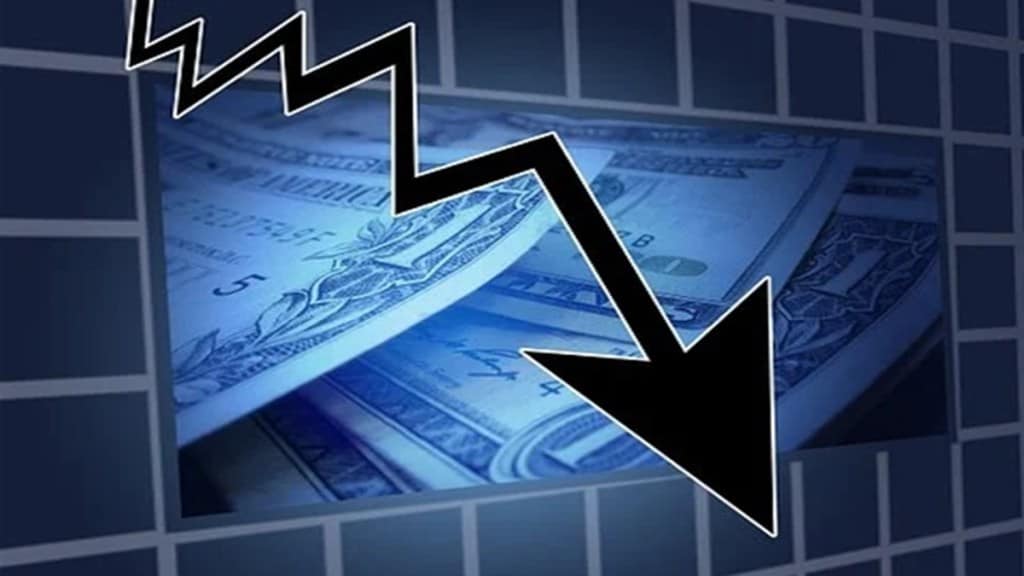Bloomberg: Wall Street got a reality check, with data showing a hot labor market that will likely keep the Federal Reserve on its aggressive hiking trail. Those bets sent stocks tumbling and drove 10-year US yields to their longest weekly up streak since 1984.
To David Donabedian at CIBC Private Wealth US, the report puts an “exclamation point” on the idea that the market-bottoming process is going to be “a long one”. In this “bizarro world” of big hikes, traders may see the solid data as a reason to brace for turmoil, says Callie Cox of eToro. The conclusion for Brown Brothers Harriman’s Win Thin is that a 75-basis-point Fed boost in November is a “done deal,” with another increase of that size in December becoming a “real possibility.”
Almost 95% of the companies in the S&P 500 fell. The slide came just a few days after the gauge notched its biggest back-to-back rally since the onset of the pandemic amid a debate on whether the Fed would be closer to “peak hawkishness.” Those gains gave the measure its best week in a month even with the post-jobs plunge. The Nasdaq 100 sank nearly 4% Friday.
Also Read – US Stock Market: Is inflation coming down?
Ten-year yields approached 3.9% amid their 10th consecutive weekly rise. The dollar advanced. The swap contract for the November Fed meeting priced in nearly 75 basis points of tightening. Market-implied expectations for where the rate will peak also increased, with the derivative contract for the March gathering trading around 4.66%. The current range for the benchmark rate stands between 3% and 3.25%.
Also Read: US stock market investors to focus on these key events in October
Resolutely Hawkish
Fed Bank of New York President John Williams said rates need to rise to around 4.5% over time, but the pace and ultimate peak of the tightening campaign will hinge on how the economy performs. Several officials, in separate remarks this week, delivered a resolutely hawkish message that price pressures remain elevated and they won’t be deterred from raising rates by volatility in financial markets.
Former Treasury Secretary Lawrence Summers said it’s important for the Fed to deliver on the further monetary tightening it has signaled, even in the face of financial risks stemming from its actions.
All eyes will now be on next week’s US inflation data after a hotter-than-expected reading in August tempered hopes of a nascent slowdown. Separately, minutes from the Fed’s September meeting will give clues into the central bank’s tolerance for economic pain.
Amid fears of a looming recession, investors poured the most money into cash since April 2020, but stocks could see further declines as they don’t fully reflect that risk, according to Bank of America Corp. strategists. Their report cited EPFR Global data showing cash funds received nearly $89 billion in the week through Oct. 5 — while investors withdrew $3.3 billion from global stock funds.
Wall Street is “rebelling against” policy tightening, the strategists led by Michael Hartnett wrote before the labor-market report.
From a technical perspective, the fact that the S&P 500 remains oversold enough alongside bearish sentiment may warrant “more rally efforts” that could materialize as early as next week, according to Dan Wantrobski at Janney Montgomery Scott.
“The data being reported alongside our proprietary cycle work to date gives us confidence that we are on the right track in anticipating more of a ‘U’-shaped market bottom and recovery in the months ahead (into 2023),” he added. “We believe the floor will be established at some point in the weeks/months ahead — but for now, investors should continue to expect a very choppy glide path due to significant macro overhang.”


